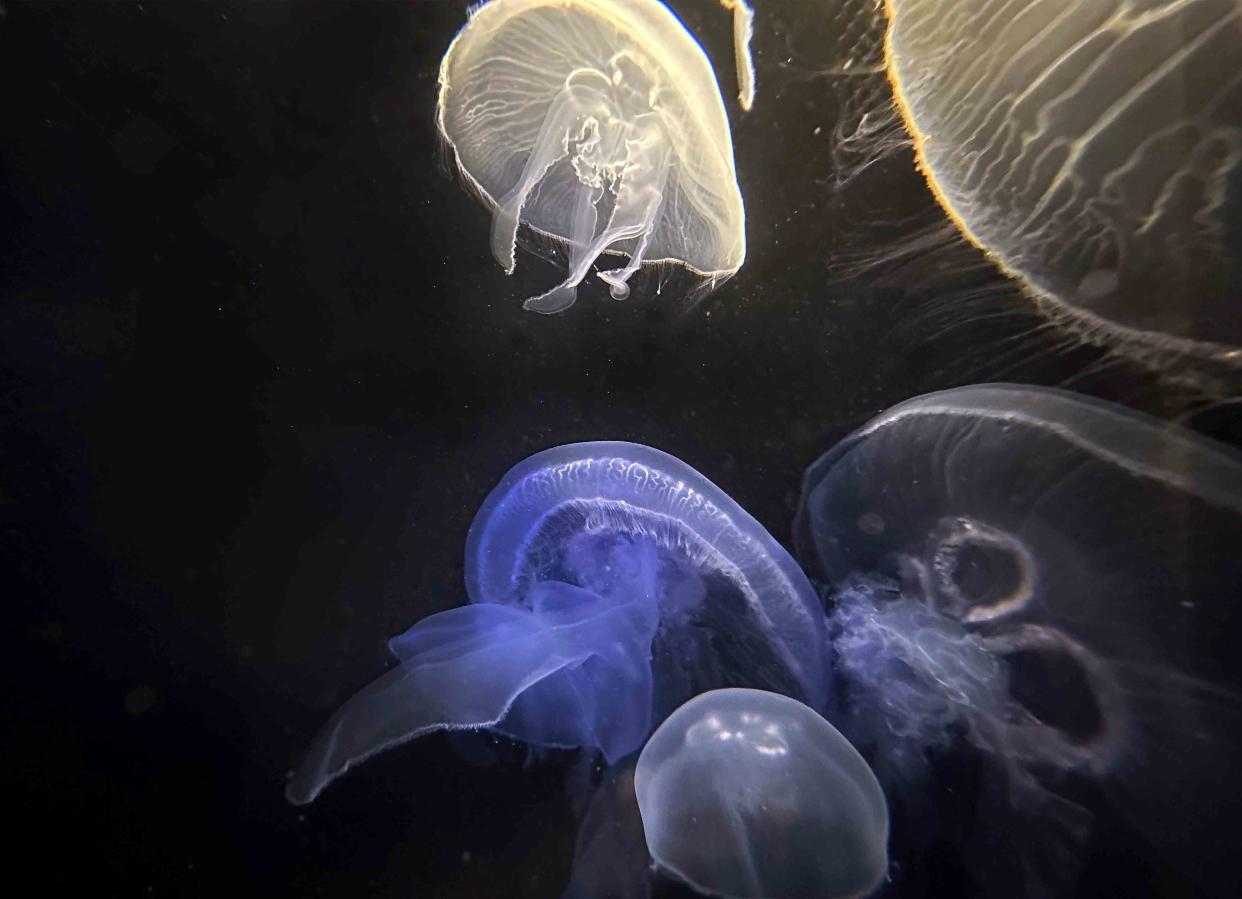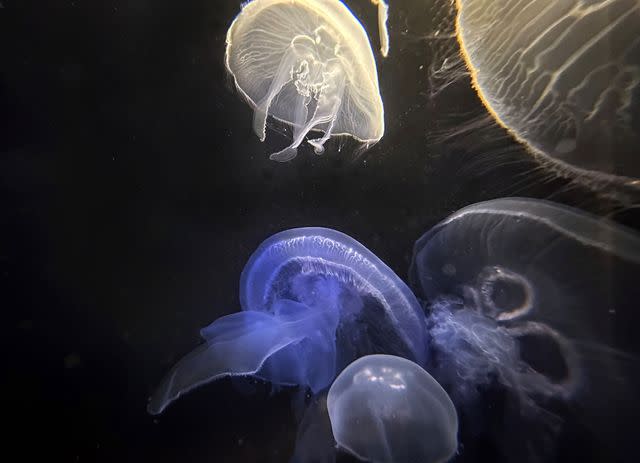What Are Sea Lice Bites and How Are They Treated?

pilesasmiles / Getty Images
Medically reviewed by William Truswell, MD
Sea lice are jellyfish larvae that can get trapped in swimmers' bathing suits, where they sting and cause an itchy rash. Another term for sea lice bites is "seabather's eruption."
A type of parasitic copepod (tiny crustaceans) that attach to fish—especially salmon—is also called sea lice. However, they are not the same thing.
Sea lice bites have become increasingly common. Symptoms include itching, irritation, and welts on the skin. Sea lice do not burrow inside your skin. They are sufficiently removed by rinsing off after swimming.
This article explains sea lice bite symptoms, causes, treatment, and prevention.

pilesasmiles / Getty Images
Related: Allergic Reactions While at the Beach
How to Be Sure You Have Sea Lice: Pictures
When stung by sea lice, you typically do not feel the sting. Instead, symptoms develop later, after developing an allergic reaction to the larvae or its venom. Symptoms may appear immediately or as long as 24 hours later.
Sea lice bite symptoms include:
Red, itchy, raised rash
Burning sensation
Rash that spreads several days after swimming
Abdominal discomfort
Fever, fatigue, sore throat, and an upset stomach are not typical and more commonly occur in children than adults.
Sea lice bites are sometimes confused with swimmers' itch, a rash that develops after being bitten by a water parasite. One way to tell them apart is that swimmer's itch tends to appear on exposed skin, while sea lice bites are on areas covered by a bathing suit.
Where Are Sea Lice Found?
Sea lice are prevalent in ocean water, especially along Florida, the U.S. east coast, and the Caribbean.
Why Do Sea Lice Bite?
"Sea lice bite: is a misnomer since the larvae don't bite but rather sting. And even the stinging is likely unintentional. Rather, the stingers inject venom into the skin when your swimsuit or other clothing creates friction between the larvae and your skin.
Most commonly, thimble jellyfish larvae are responsible for sea lice bites. However, the larvae of sea anemones have also caused seabather's eruption rashes.
Sea Lice Bites on Different Skin Tones
Like other rashes, a sea lice bite rash may appear different, depending on how light or dark your skin tone is. For example, a rash might appear red on light skin and look pink, purple, or slightly lighter than the surrounding skin on dark skin.
Treatment
You can often treat sea lice bites on your own at home. If you suspect sea lice bites, the first thing to do is remove your swimsuit and rinse the jellyfish larvae off. You likely won't be able to see the larvae because they are so small, so thoroughly rinse or shower as soon as you can.
At-home treatment options include:
Applying vinegar topically to stop the venom in the stingers
Hydrocortisone cream (anti-itch medicine)
Antihistamines for itch relief
Staying hydrated, especially if you have gastrointestinal symptoms or fever
Avoiding scratching, which can lead to bacterial infections
Sea lice bites usually start to heal within a couple of weeks. Unfortunately, if you've had the rash in the past, you may be more likely to react in the future if you reencounter the larvae.
If you have severe or unmanageable symptoms, seek medical care.
Swim Safety to Prevent Sea Lice Bites
The most obvious way to prevent sea lice bites is to avoid swimming in places where jellyfish larvae live. However, if you still want to swim, there are some measures you can take to lower your risk of sea lice bites, including:
Avoid wearing T-shirts when you swim.
Wear and frequently reapply sunscreen.
Remove your suit as soon as possible after swimming.
Shower or rinse off immediately after swimming (remove your suit first).
Thoroughly wash your swimsuit after swimming.
Dry your suit in the dryer (rather than line drying).
In addition, pay attention to lifeguard postings about the presence of dangerous marine animals, which include warnings about the presence of sea lice.
If you've had a reaction to sea lice bites, you may want to avoid swimming during peak times for sea lice, which generally ranges from March through August.
Summary
Sea lice bites are stings from jellyfish larvae. Medically it's called seabather's eruption. Sea lice live in the ocean, especially along the Florida coast, the east coast, and the Caribbean. Unlike swimmers' itch, which appears on exposed skin, sea lice bites occur on the skin under swimsuits and result in a painful, itchy rash.
You can treat sea lice bites at home with over-the-counter anti-itch cream and antihistamines like Benadryl (diphenhydramine). To prevent them, avoid swimming during peak sea lice times, remove your suit, and shower immediately after coming out of the water.

